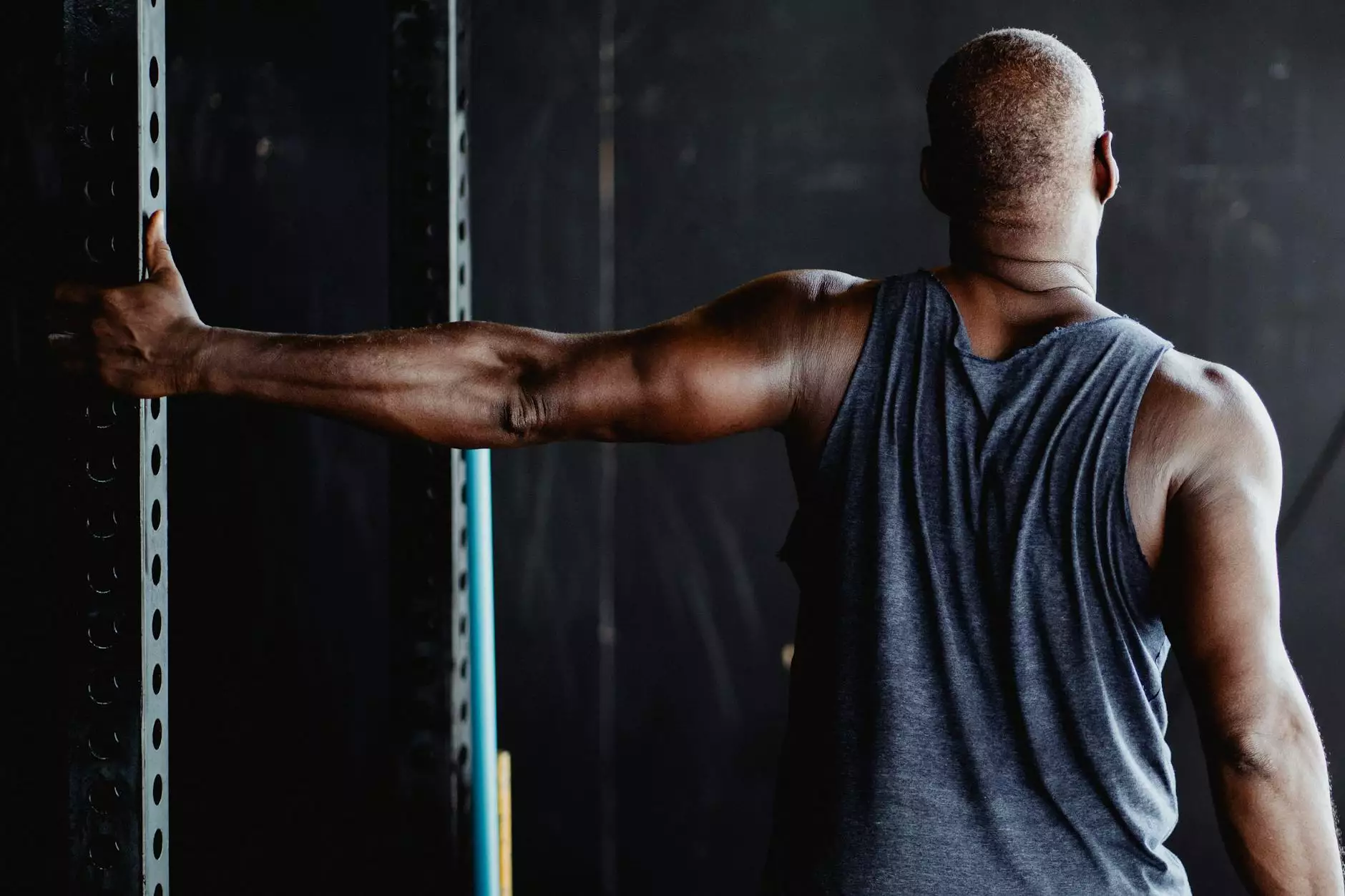The Importance of Shoulder External Rotation

When it comes to the intricate mechanics of the human body, few joints are as complex and versatile as the shoulder. From reaching overhead to throwing a ball, the shoulder's range of motion is crucial for everyday activities and athletic performance. One key component of shoulder mobility is shoulder external rotation, a movement that allows the arm to rotate away from the body.
Understanding Shoulder External Rotation
Shoulder external rotation occurs when the arm rotates outwards, away from the midline of the body. This movement involves the muscles and tendons surrounding the shoulder joint, specifically the rotator cuff muscles. These muscles provide stability and control during various shoulder movements, including external rotation.
Proper shoulder external rotation is essential for maintaining a balanced shoulder joint and preventing injuries. It allows for proper alignment and coordination of the shoulder complex, ensuring optimal performance and function.
Benefits of Shoulder External Rotation
Engaging in exercises and techniques that promote shoulder external rotation offers numerous benefits, both in daily life and in specific sports or physical activities. Some key benefits include:
Improved Range of Motion
By regularly practicing shoulder external rotation exercises, you can enhance your shoulder joint's range of motion. This increased flexibility not only helps in performing daily tasks but can also have a positive impact on athletic performance. Whether you're a baseball pitcher, tennis player, or weightlifter, improved shoulder rotation can enhance the power and accuracy of your movements.
Increased Shoulder Stability
The rotator cuff muscles play a vital role in stabilizing the shoulder joint. Weakness or imbalances in these muscles can lead to instability and increase the risk of injuries, such as rotator cuff tears or dislocations. Engaging in shoulder external rotation exercises helps strengthen the rotator cuff, providing greater stability and reducing the likelihood of shoulder-related problems.
Injury Prevention
Shoulder external rotation exercises are a valuable tool in injury prevention. As mentioned earlier, these exercises strengthen the rotator cuff muscles, improving their ability to support and protect the shoulder joint. Regularly incorporating shoulder external rotation into your training routine can minimize the risk of overuse injuries and keep your shoulders healthy and functional.
Working with Chiropractors and Physical Therapists
When it comes to optimizing shoulder mobility and function, seeking professional assistance from chiropractors and physical therapists can be highly beneficial. These healthcare professionals specialize in diagnosing and treating musculoskeletal issues, including shoulder problems.
IAOM-US.com is a leading website that connects individuals with trusted chiropractors and physical therapists across the United States. With a focus on Health & Medical, Chiropractors, and Physical Therapy, IAOM-US.com provides a comprehensive directory and valuable resources to help individuals find the right healthcare providers and access the most up-to-date information.
If you are experiencing shoulder pain, limited range of motion, or have any concerns related to shoulder external rotation, visiting a chiropractor or physical therapist recommended by IAOM-US.com can make a significant difference. These professionals can assess your specific condition, provide expert guidance, and develop a personalized treatment plan to address your unique needs.
Incorporating Shoulder External Rotation Exercises
Now that you understand the importance of shoulder external rotation, let's explore a few exercises that can help improve this specific movement:
- External Rotation with Resistance Bands: Attach a resistance band to a sturdy object and hold the other end in your hand. Stand with your arm by your side, elbow bent at a 90-degree angle. Rotate your forearm outwards against the resistance of the band. Repeat for several sets of 10-15 reps on each arm.
- Yoga Pose - Gomukhasana (Cow Face Pose): Sit in a cross-legged position and bring your right arm behind your back, palm facing outward. Reach your left arm overhead and try to clasp your hands behind your back. This pose stretches the shoulders and promotes external rotation. Hold for 30 seconds on each side.
- Wall Slides: Stand with your back against a wall and your arms against the wall at shoulder height, elbows bent at a 90-degree angle. Slowly slide your arms overhead, maintaining contact with the wall. Focus on keeping your forearms and hands in contact with the wall throughout the movement. Repeat for several sets of 10-15 reps.
Remember to consult with a healthcare professional before starting any new exercise program, especially if you have pre-existing shoulder conditions or injuries.
Conclusion
Shoulder external rotation plays a crucial role in maintaining shoulder health, optimizing performance, and preventing injuries. By understanding its importance and regularly incorporating exercises that promote external rotation, you can improve your shoulder mobility, stability, and overall function.
Whether you're an athlete looking to enhance your performance or an individual seeking relief from shoulder pain, working with chiropractors and physical therapists can provide you with specialized care and guidance. Visit IAOM-US.com to discover trusted healthcare providers in the fields of Health & Medical, Chiropractors, and Physical Therapy.
Take control of your shoulder health today and unlock the full potential of your body!









